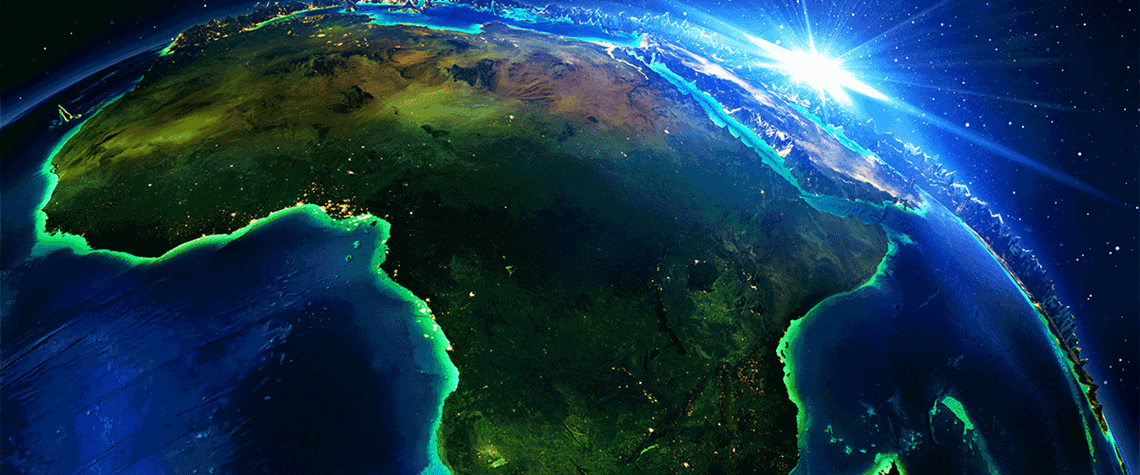African gas flaring offers opportunities and challenges
Sub-Saharan Africa is chronically starved of energy, and yet the region flares disproportionate volumes of gas every year
African governments and international bodies are attempting to reduce or at least discourage routine gas flaring, both for environmental reasons and to tap that unused energy resource. But the region still faces hurdles before it can utilise associated gas effectively. Africa—including the significant hydrocarbon-producing nations of North Africa—accounts for around 20pc of global flaring volumes but less than 10pc of oil production, according to the World Bank’s Global Gas Flaring Reduction Partnership. Algeria, Libya and Nigeria—among the continent’s largest producers—accounted for 70pc of the total in 2021. But World Bank data shows that sub-Saharan Africa still flared 13.66bn m³ in 2021—

Also in this section
25 July 2025
KRG, Iraq’s central government and Turkey are all working to get exports flowing from the key port, but complications remain
25 July 2025
Mozambique’s insurgency continues, but the security situation near the LNG site has significantly improved, with TotalEnergies aiming to lift its force majeure within months
25 July 2025
There is a bifurcation in the global oil market as China’s stockpiling contrasts with reduced inventories elsewhere
24 July 2025
The reaction to proposed sanctions on Russian oil buyers has been muted, suggesting trader fatigue with Trump’s frequent bold and erratic threats








